Tariff Decision
입력 2018.02.19 (15:02)
수정 2018.02.19 (16:41)
읽어주기 기능은 크롬기반의
브라우저에서만 사용하실 수 있습니다.
[Anchor Lead]
The U.S. Department of Commerce is considering which countries to impose a 53-percent tariff on for steel products. One of them is South Korea. The decision is in line with a more aggressive trade policy in Washington since the start of the Donald Trump administration last year. The South Korean government says it will continue to try to persuade the United States not to hit its products with tariffs until it makes its final decision.
[Pkg]
The U.S. Department of Commerce is considering slapping a tariff of at least 53 percent on steel products from 12 countries, including South Korea. Washington also appears determined to levy a 24-percent tax on all countries exporting steel to America, or limiting such exports. The move is in line with Article 232 of the Trade Expansion Act, which allows the restriction of imports that pose security threat to the United States. If the U.S. government decides to impose a 53-percent tariff, this will likely deal a blow to Korea's steel industry.
[Soundbite] (Steel industry Worker (Voice modified)) : "For now, all we can do is find other export channels."
So far, Seoul's government emphasized local steel products pose no threat to its longtime ally. However, the U.S. begs to differ. Analysts say this is because Korean steelmakers import steel from China before processing it in the nation and exporting it to America. One of the factors that will influence the U.S. government's decision is President Trump's political situation ahead of the mid-term elections.
[Soundbite] Lee Hee-sung(Korea International Trade Association) : "Since the presidential campaign, the Trump administration has been representing the voices of industries in the Rust Belt region to sway local voters."
The South Korean government and the steel industry are determined to do their best to persuade Washington until it's final decision in April 11, by emphasizing that higher steel tariffs will cause a hike in the price of imported steel and subsequently undermine the competitiveness of the U.S. auto sector.
The U.S. Department of Commerce is considering which countries to impose a 53-percent tariff on for steel products. One of them is South Korea. The decision is in line with a more aggressive trade policy in Washington since the start of the Donald Trump administration last year. The South Korean government says it will continue to try to persuade the United States not to hit its products with tariffs until it makes its final decision.
[Pkg]
The U.S. Department of Commerce is considering slapping a tariff of at least 53 percent on steel products from 12 countries, including South Korea. Washington also appears determined to levy a 24-percent tax on all countries exporting steel to America, or limiting such exports. The move is in line with Article 232 of the Trade Expansion Act, which allows the restriction of imports that pose security threat to the United States. If the U.S. government decides to impose a 53-percent tariff, this will likely deal a blow to Korea's steel industry.
[Soundbite] (Steel industry Worker (Voice modified)) : "For now, all we can do is find other export channels."
So far, Seoul's government emphasized local steel products pose no threat to its longtime ally. However, the U.S. begs to differ. Analysts say this is because Korean steelmakers import steel from China before processing it in the nation and exporting it to America. One of the factors that will influence the U.S. government's decision is President Trump's political situation ahead of the mid-term elections.
[Soundbite] Lee Hee-sung(Korea International Trade Association) : "Since the presidential campaign, the Trump administration has been representing the voices of industries in the Rust Belt region to sway local voters."
The South Korean government and the steel industry are determined to do their best to persuade Washington until it's final decision in April 11, by emphasizing that higher steel tariffs will cause a hike in the price of imported steel and subsequently undermine the competitiveness of the U.S. auto sector.
■ 제보하기
▷ 카카오톡 : 'KBS제보' 검색, 채널 추가
▷ 전화 : 02-781-1234, 4444
▷ 이메일 : kbs1234@kbs.co.kr
▷ 유튜브, 네이버, 카카오에서도 KBS뉴스를 구독해주세요!
- Tariff Decision
-
- 입력 2018-02-19 15:02:07
- 수정2018-02-19 16:41:21
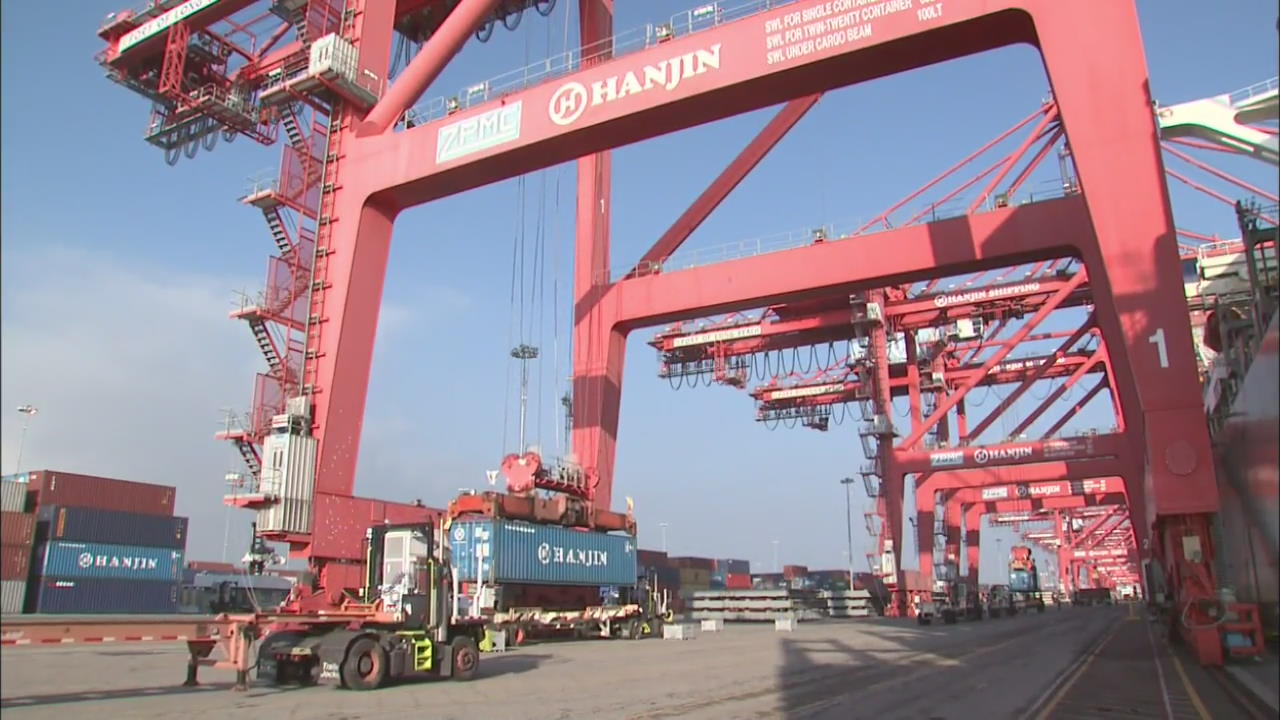
[Anchor Lead]
The U.S. Department of Commerce is considering which countries to impose a 53-percent tariff on for steel products. One of them is South Korea. The decision is in line with a more aggressive trade policy in Washington since the start of the Donald Trump administration last year. The South Korean government says it will continue to try to persuade the United States not to hit its products with tariffs until it makes its final decision.
[Pkg]
The U.S. Department of Commerce is considering slapping a tariff of at least 53 percent on steel products from 12 countries, including South Korea. Washington also appears determined to levy a 24-percent tax on all countries exporting steel to America, or limiting such exports. The move is in line with Article 232 of the Trade Expansion Act, which allows the restriction of imports that pose security threat to the United States. If the U.S. government decides to impose a 53-percent tariff, this will likely deal a blow to Korea's steel industry.
[Soundbite] (Steel industry Worker (Voice modified)) : "For now, all we can do is find other export channels."
So far, Seoul's government emphasized local steel products pose no threat to its longtime ally. However, the U.S. begs to differ. Analysts say this is because Korean steelmakers import steel from China before processing it in the nation and exporting it to America. One of the factors that will influence the U.S. government's decision is President Trump's political situation ahead of the mid-term elections.
[Soundbite] Lee Hee-sung(Korea International Trade Association) : "Since the presidential campaign, the Trump administration has been representing the voices of industries in the Rust Belt region to sway local voters."
The South Korean government and the steel industry are determined to do their best to persuade Washington until it's final decision in April 11, by emphasizing that higher steel tariffs will cause a hike in the price of imported steel and subsequently undermine the competitiveness of the U.S. auto sector.
The U.S. Department of Commerce is considering which countries to impose a 53-percent tariff on for steel products. One of them is South Korea. The decision is in line with a more aggressive trade policy in Washington since the start of the Donald Trump administration last year. The South Korean government says it will continue to try to persuade the United States not to hit its products with tariffs until it makes its final decision.
[Pkg]
The U.S. Department of Commerce is considering slapping a tariff of at least 53 percent on steel products from 12 countries, including South Korea. Washington also appears determined to levy a 24-percent tax on all countries exporting steel to America, or limiting such exports. The move is in line with Article 232 of the Trade Expansion Act, which allows the restriction of imports that pose security threat to the United States. If the U.S. government decides to impose a 53-percent tariff, this will likely deal a blow to Korea's steel industry.
[Soundbite] (Steel industry Worker (Voice modified)) : "For now, all we can do is find other export channels."
So far, Seoul's government emphasized local steel products pose no threat to its longtime ally. However, the U.S. begs to differ. Analysts say this is because Korean steelmakers import steel from China before processing it in the nation and exporting it to America. One of the factors that will influence the U.S. government's decision is President Trump's political situation ahead of the mid-term elections.
[Soundbite] Lee Hee-sung(Korea International Trade Association) : "Since the presidential campaign, the Trump administration has been representing the voices of industries in the Rust Belt region to sway local voters."
The South Korean government and the steel industry are determined to do their best to persuade Washington until it's final decision in April 11, by emphasizing that higher steel tariffs will cause a hike in the price of imported steel and subsequently undermine the competitiveness of the U.S. auto sector.
이 기사가 좋으셨다면
-
좋아요
0
-
응원해요
0
-
후속 원해요
0










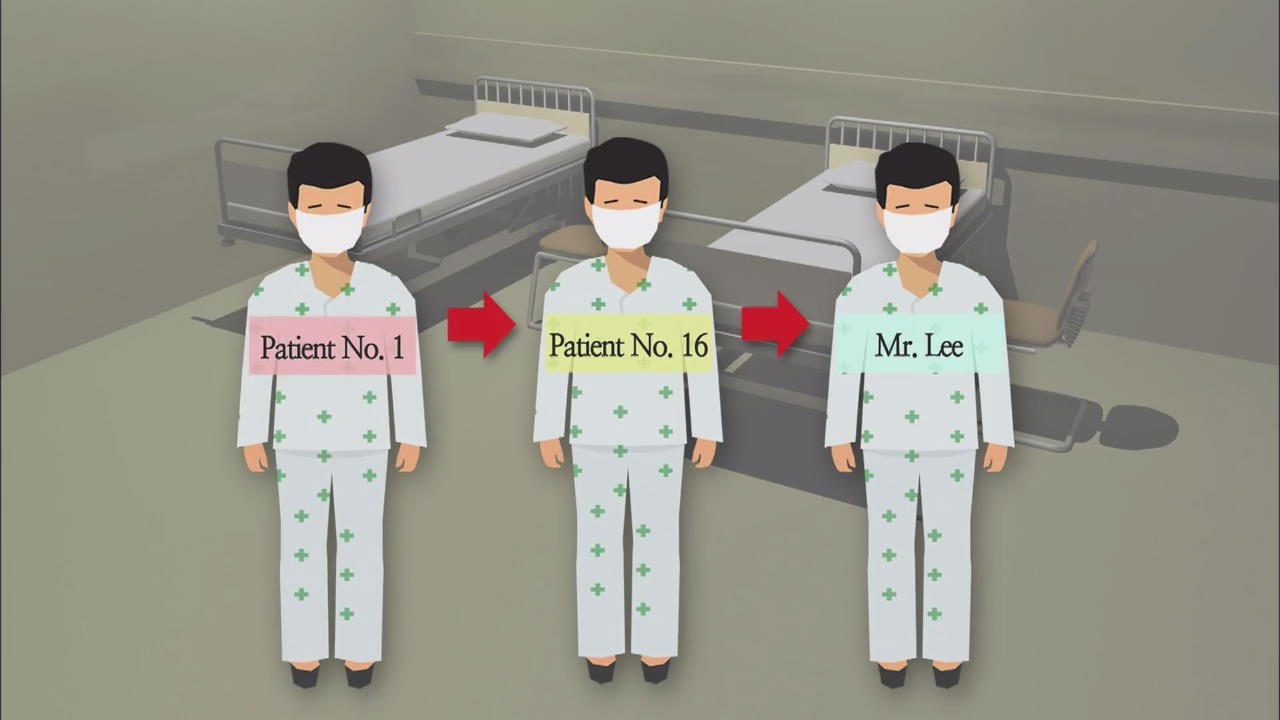
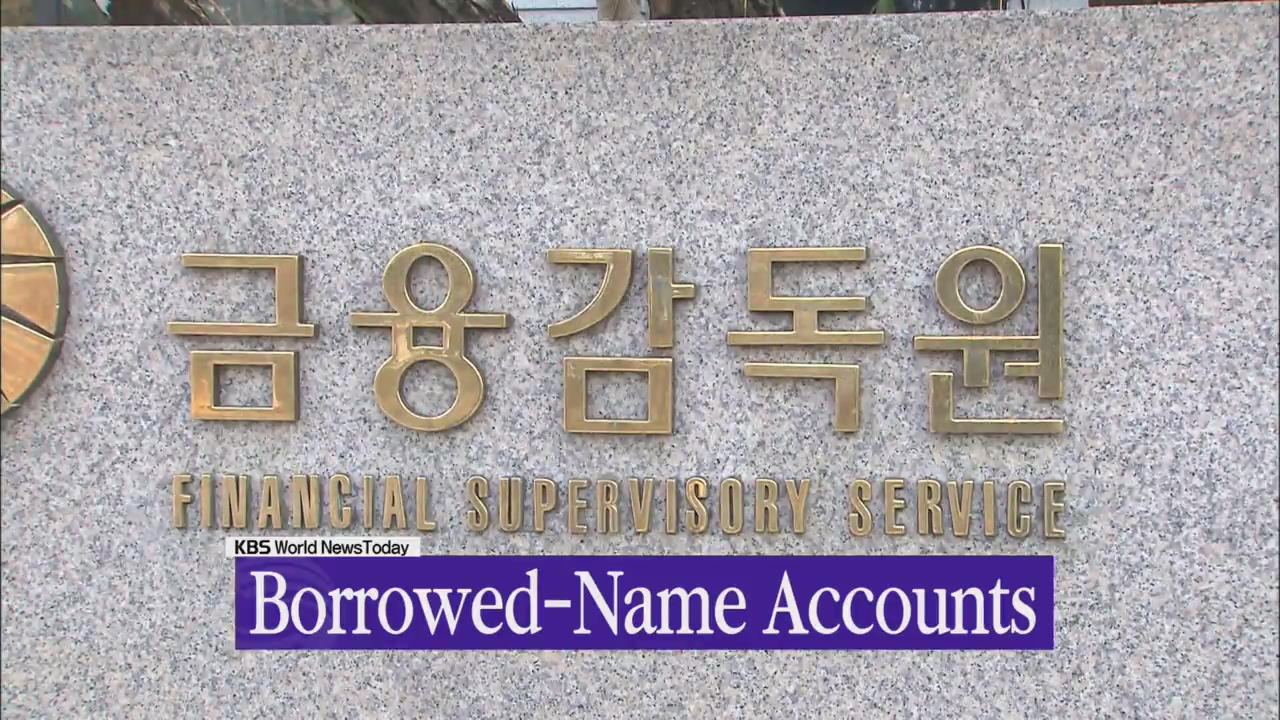
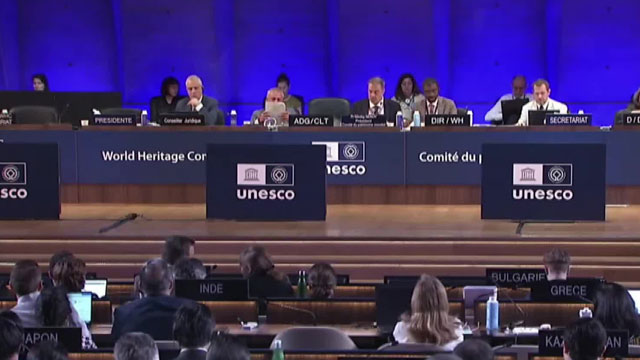
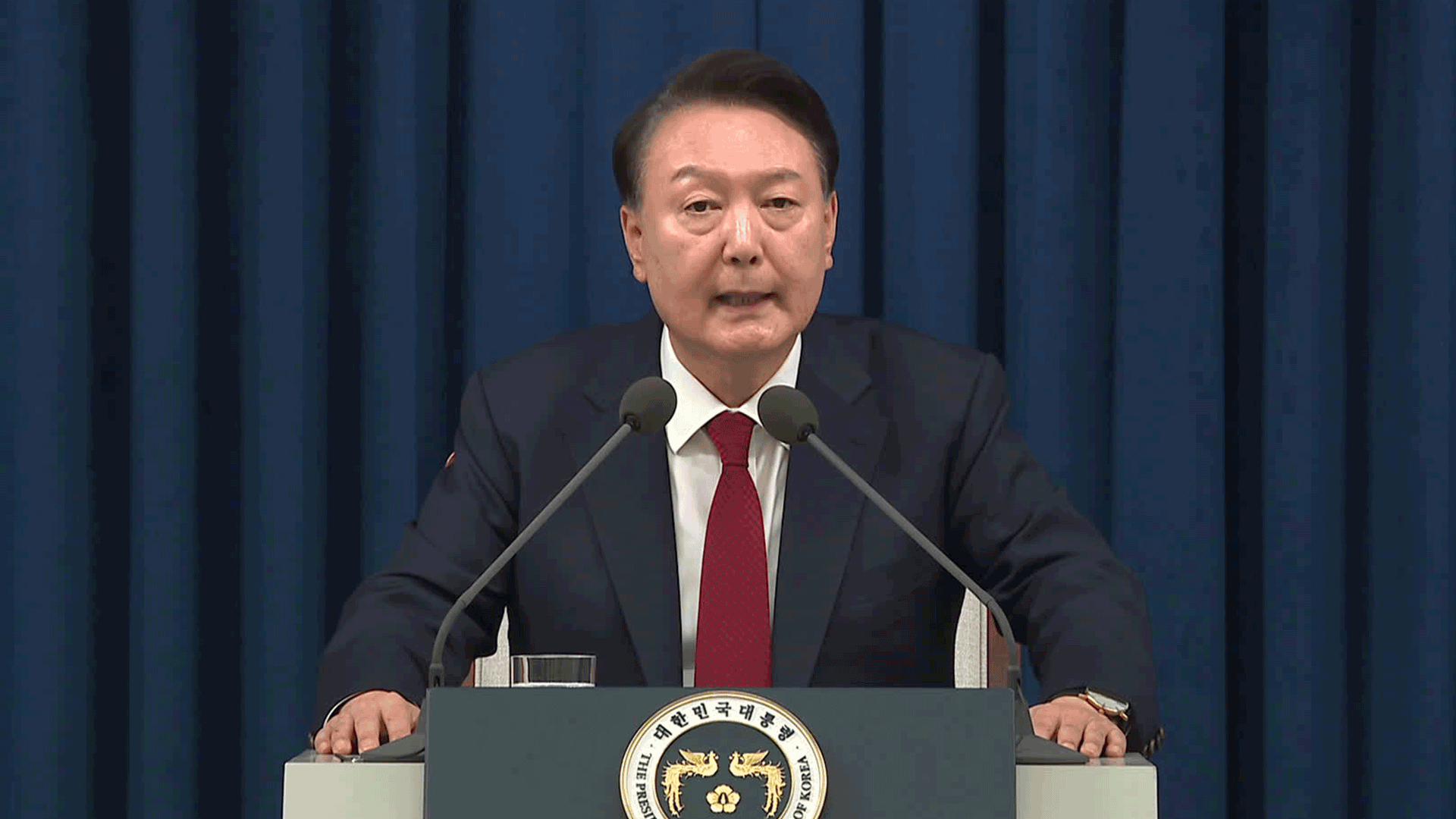
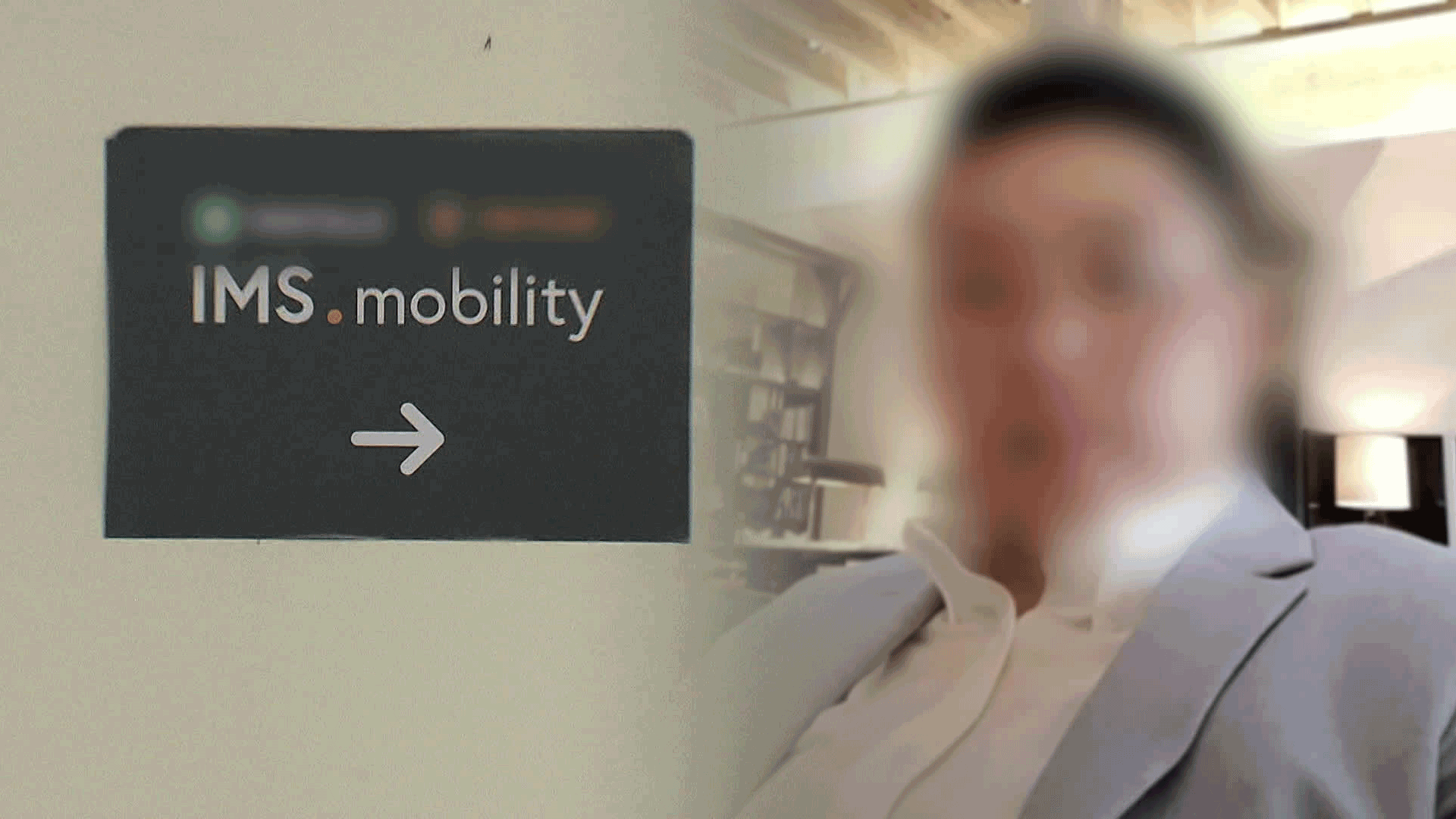
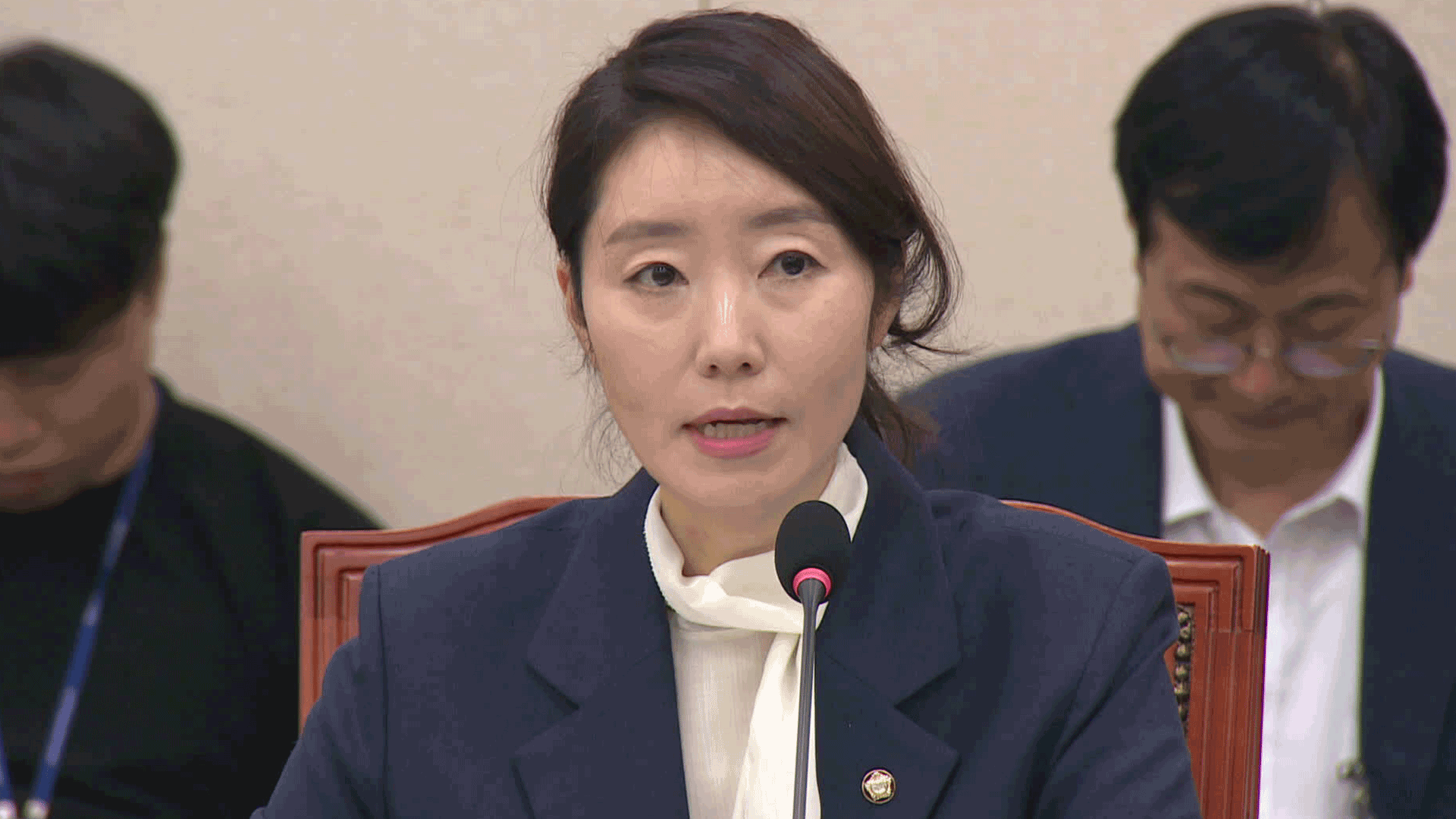

이 기사에 대한 의견을 남겨주세요.